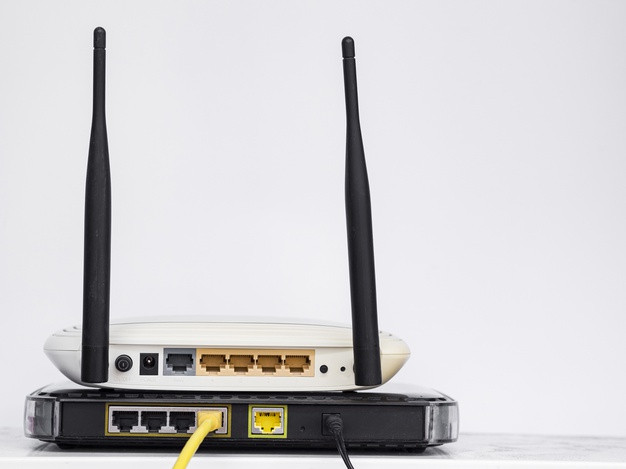
Physical distance: you may be enjoying a strong Wi-Fi signal in one place, move to another direction and watch is drop to one bar.
Low-end routers: routers come with varying speed and strengths. Most of the low-end routers which are comparatively cheaper struggle to maintain even signal across the entire house.
Physical obstructions: Wi-Fi signals can be partially blocked by physical obstructions such as walls, furniture, home appliances, etc.
Network interference: Sometimes Wi-Fi signals are blocked by other wireless networks (Wi-Fi, electromagnetic signals, microwaves, etc) especially in apartments, and densely populated areas.
Bandwidth consumers: The software updates running on the background and multiple devices connected to the network at a time can reduce the available bandwidth in a home network.
The above are the basic factors that influence the speed of your home Wi-Fi.
1. Update your Wi-Fi security and cut of bandwidth intruders
2. Choose a new Wi-Fi channel
3. Position the router correctly
4. Upgrade your router
5. Get a stronger antenna
6. Reboot or reset your router
7. Adapt latest WiFi technologies
Make sure your Wi-Fi is secured with a strong and encrypted password. Extra users slow your internet connection by consuming internet bandwidth. We suggest all home users protect access to their routers with a complex password and WPA2 security. Avoid including personal information in the password such as your name and phone number, as it can be easily guessed. Try not to give away your Wi-Fi password to everyone. If you do so, make sure to change it frequently.
When not in use, turn off laptops, tablets, computers, TVs, and other Wi-Fi hugging devices. Certain mobile apps silently hog your bandwidth, too. Look at your device settings and determine which platforms are running in the background. When possible, disable these configurations.
When multiple Wi-Fi networks overlap, it can cause so much interference that you'll all suffer from slow Wi-Fi speed.
Choosing the proper Wi-Fi channel can vastly improve your Wi-Fi coverage and performance.
Most routers have channel settings set to “Auto”, but if you go through the list, there are at least a dozen of WLAN channels. You want to select the least occupied channel.
However, you can find out the best channel for your network with the help of a Wi-Fi analyzer app on your phone. After selecting the best channel restart the router and see if it worked.
You may not be aware that the position of the router has a significant effect on the performance of Wi-Fi. If you are suffering from slow Wi-Fi, try moving the router. This will help to maximize the coverage across your entire house. However, the farther you move the Wi-Fi router from your device (mobile, laptop, TV), the weaker the signal will be. So, the solution is to position the router in the best possible place.
Routers with old firmware perform worse than routers that have updated firmware versions. Also, new routers are designed to provide faster speeds and can sustain speed demands from your devices. When buying a new router make sure it comes with excellent range and with features such as Multi-user MIMO, Quality of Service (QoS), guest networks, gigabit Ethernet ports, and replaceable external antennas.
It sounds simple, but a simple reboot of the router is often enough to considerably improve your home Wi-Fi speeds. What rebooting the router does is, it clears the router’s memory and allows new updates to install. When the device is reset it often reduces the connection problems.
The purpose of using Wi-Fi amplifiers and repeaters is to extend Wi-Fi signals to areas where it can’t often reach. A Wi-Fi signal booster extends Wi-Fi network coverage space by boosting or amplifying existing Wi-Fi signals. It enables all wireless devices within that coverage space to connect to the internet or a similar wireless network. When purchasing a Wi-Fi amplifier, have an idea of how large is the area that you want to cover.
The newest wireless technology, IEEE 802.11ax, IEEE 802.11ac offers superior download and upload speeds as well as improved range compared to older WiFi technologies, such as IEEE 802.11b, g, and others. To take advantage of the latest WiFi technologies to boost home WiFi, you need to make sure that both your home router and your WiFi-enabled devices, such as smartphones and laptops, support them.
Try using these tips to improve the Wi-Fi speed of your home network